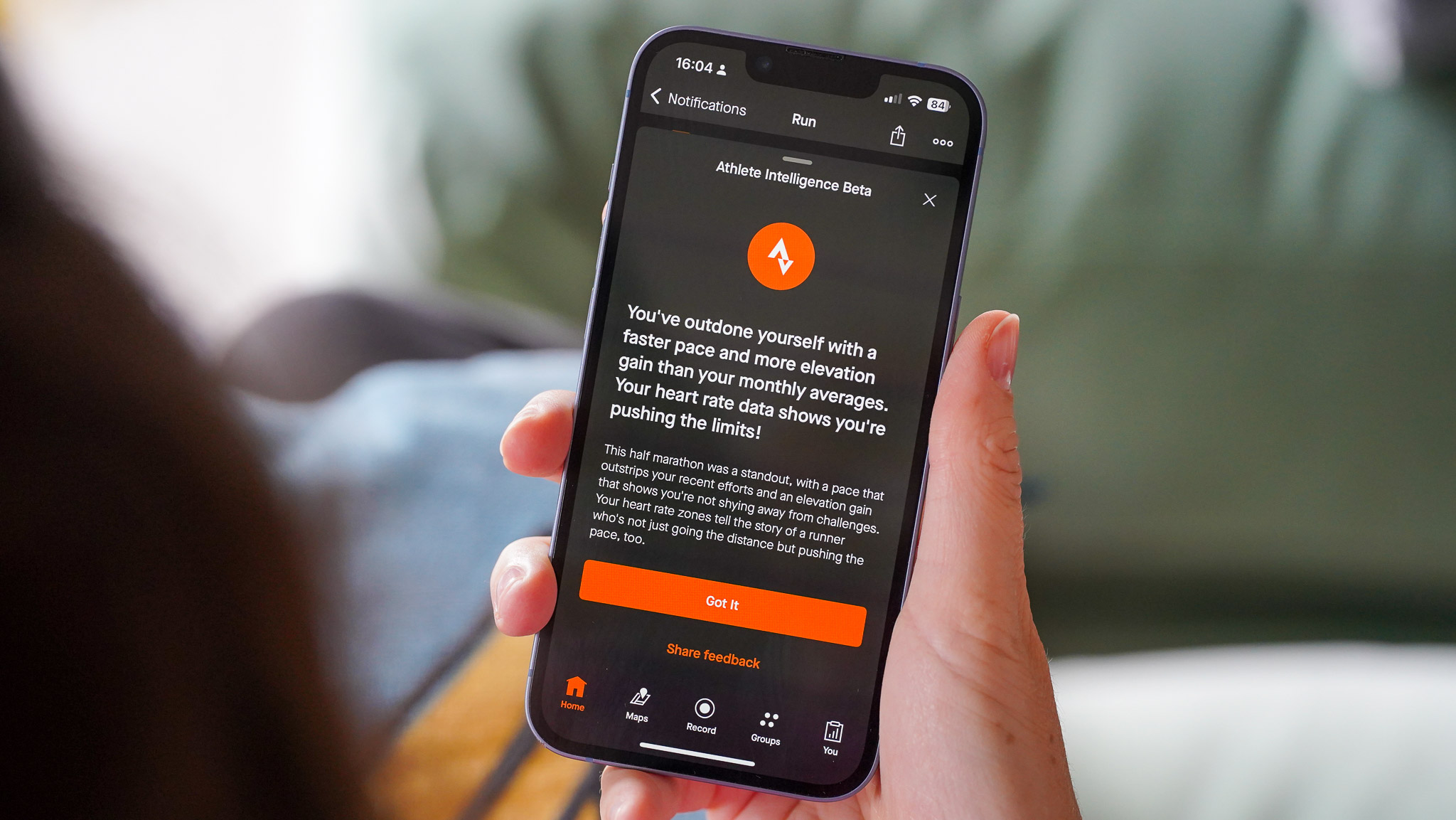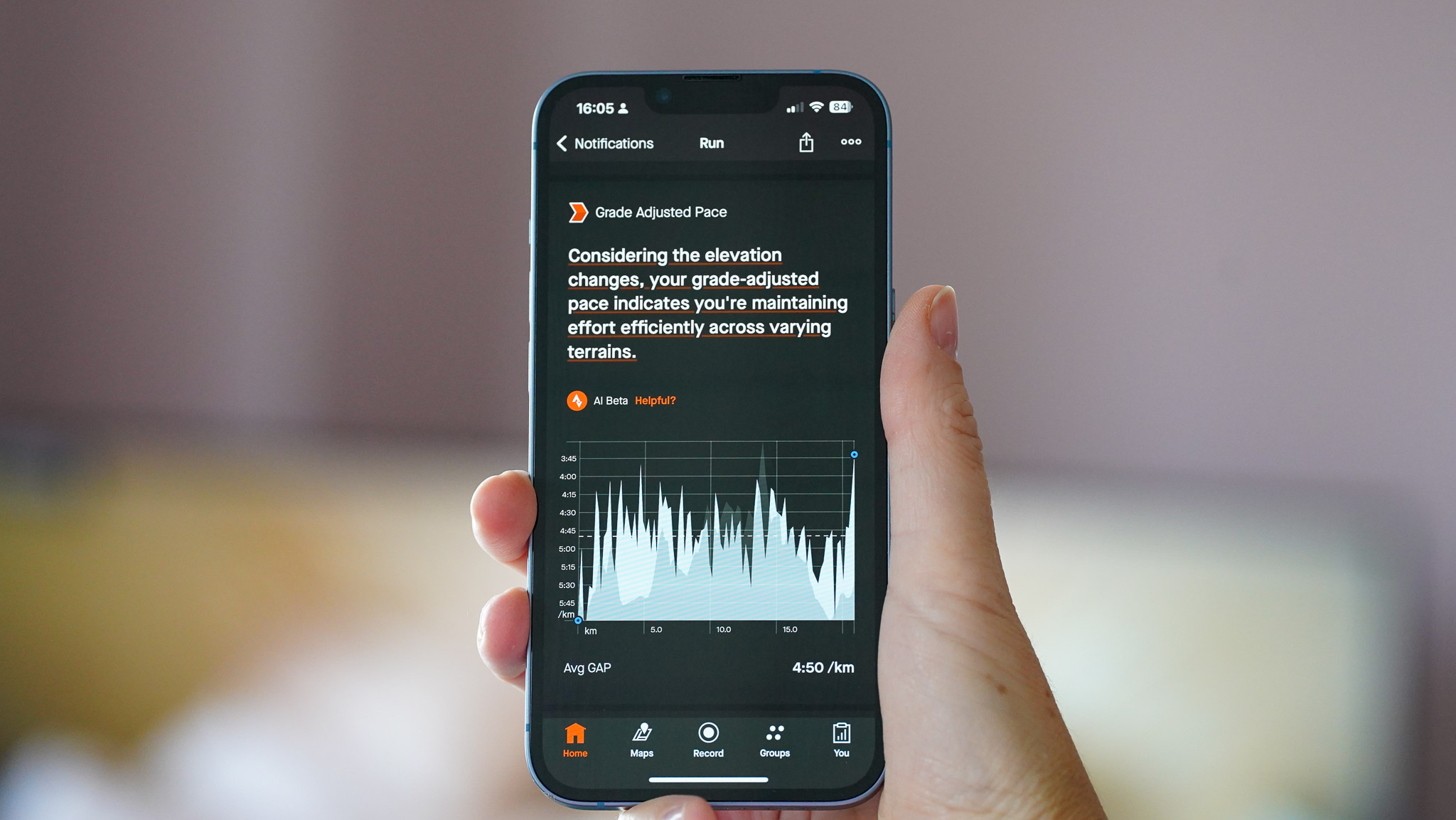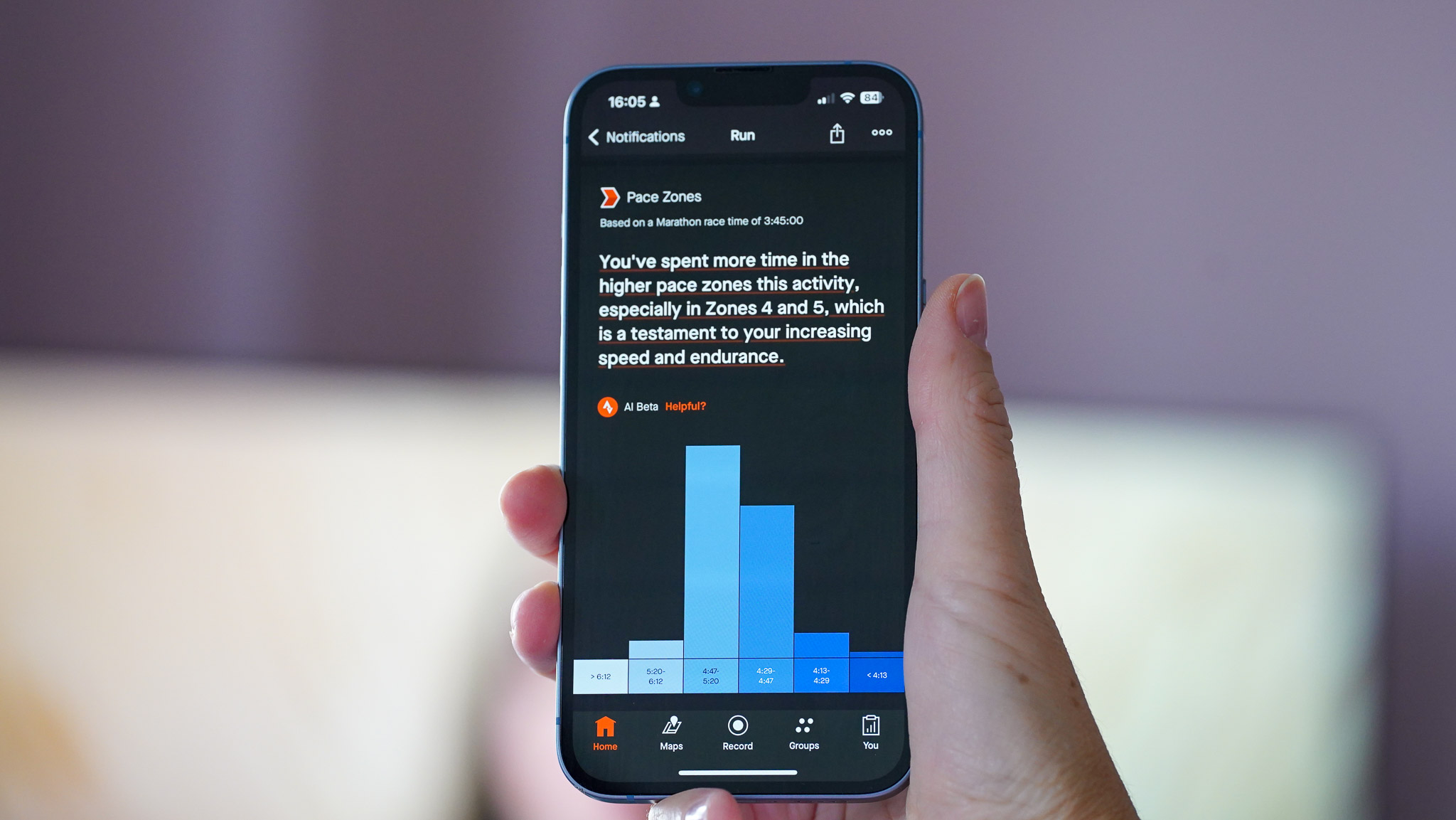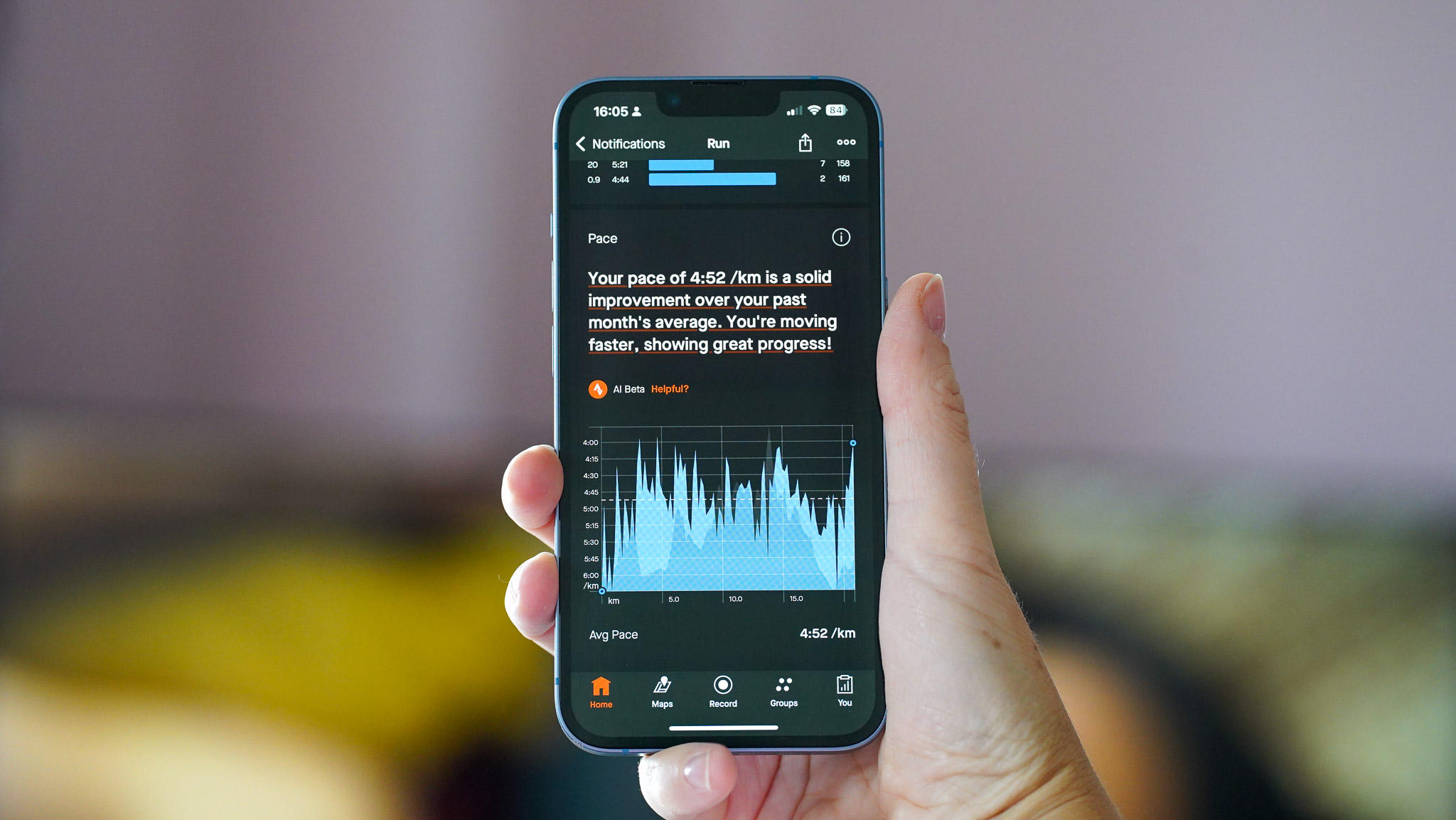I've spent four months with Strava’s AI-powered Athlete Intelligence feature – here's everything you need to know about
Can AI make me a better runner? There is only one way to find out


I had the privilege of being invited to Strava Camp 2024 this past May, where the team behind everyone’s favourite training platform unveiled an array of exciting new features, including the highly anticipated Athlete Intelligence.
As one of the attendees, I’ve enjoyed early access to these updates—Dark Mode included—long before their public release. Over the past four months, I’ve had the opportunity to explore them extensively. While many of these features are still in beta, they offer a clear glimpse of what users can expect once they go live.
What is Strava Athlete Intelligence?
Athlete Intelligence is a new feature available to Strava subscribers that transforms your training data into a concise, easy-to-understand summary highlighting your achievements and fitness goals. Leveraging machine learning, it analyses data from every ride, run, walk, and hike, providing personalised insights to “help you maximise your next workout.”
Essentially, Athlete Intelligence analyses all your workout data, including your recent and past performance, training load, and environmental parameters, and creates a bite-size summary of the workout so that non-data-savvy athletes can understand what all the data means.
How does Athlete Intelligence work?
Athlete Intelligence is automatically generated once a workout is uploaded to Strava and appears among your Activities. However, you must click on the activity for machine learning to kick in. That’s all!

What information does Athlete Intelligence provide?
In addition to summarising the workout, Athlete Intelligence comments on each section separately. This includes pace, grade-adjusted pace, pace zones, heart rate, heart rate zones and elevation. Sections not commented on include cadence, power and relative effort.
Athlete Intelligence generally makes positive comments with an occasional nudge to get you out of your comfort zone. Don’t expect scathing comments you’d get from a real run coach! A few examples:
Get all the latest news, reviews, deals and buying guides on gorgeous tech, home and active products from the T3 experts
“You spent most of your run in the Moderate [heart rate] zone, with a brief dip into Tempo. This balance is key building a solid endurance base while gently pushing your limits.”
“You’ve outdone yourself with a faster pace and more elevation gain than your monthly averages. Your heart rate data shows you’re pushing the limits!”
“Your pace is showing solid consistency with a mix of tempo and VO2 Max efforts. Great job maintaining a strong pace, especially on those VO2 Max zones!”
As you can tell, the comments are rather upbeat and focus on the positives, which is perfect for beginners who are most likely to appreciate AI summaries.

Where does Athlete Intelligence shine?
One of my favourite aspects of Athlete Intelligence is that it reacts to your comments, which might encourage you to fill out that description section of your workouts! I often moan about not feeling great after long runs, and Athlete Intelligence takes it into account when creating the summary.
Here’s an example after a run in 30-degree Celsius heat with high humidity levels:
“You tackled some tough conditions with a positive spirit, maintaining a good effort level throughout. The run was a bit slower and had more elevation gain than your monthly average, but considering the heat and humidity, you showed great adaptability. Keep up the good work, and remember, every run is a step forward.”
Another excellent aspect of Athlete Intelligence is that it only appears to you. Well, I assume some people wouldn’t mind sharing some of the positive comments they get, so a switch to make the comments public wouldn’t be a bad idea. Plus, others seeing the comments might encourage them to sign up for Strava Premium, so it’s a win for everyone.
What are the limitations of Athlete Intelligence?
First and foremost, Athlete Intelligence doesn’t know your training plan, so it can only ever comment on your current workout from the perspective of your past training. It doesn’t know your current goals or what races you are coming up with, which makes it impossible to recommend training load and recovery suggestions.
For the same reason, summaries are always vague. The comments only relate to the workout in question, making it harder to use Athlete Intelligence as a training tool. Strava is trying to position itself as a training platform and does indeed offer tools to evaluate training, but unless we can plan ahead, it will be challenging (if not impossible) to use Strava data for training.
You can, of course, set distance and segment goals, but as far as I’m concerned, there is no way to add a race and work towards a certain pace/time goal, like Garmin’s Race Widget.

Is the Athlete's Intelligence feature worth it?
If I had to pay for Athlete Intelligence as a standalone feature, I likely wouldn’t. While it's enjoyable and certainly a nice touch, the data it offers isn't substantial enough to significantly elevate my workouts.
That said, Athlete Intelligence is just one part of the broader suite available to Strava Subscribers. This includes advanced performance analytics, real-time competition through live segments, comprehensive route planning, safety features like Beacon for live tracking, and goal-setting tools to help you improve and track progress more effectively.
And with exciting upcoming features – such as Weekly and Night Heatmaps, Generative Routes, and an enhanced Flyover mode – the package becomes even more compelling. When you factor in Athlete Intelligence, it’s hard not to see the overall appeal.
Hop over to Strava to find out more about Athlete Intelligence and the Strava Subscription benefits.

Matt Kollat is a journalist and content creator who works for T3.com and its magazine counterpart as an Active Editor. His areas of expertise include wearables, drones, fitness equipment, nutrition and outdoor gear. He joined T3 in 2019. His byline appears in several publications, including Techradar and Fit&Well, and more. Matt also collaborated with other content creators (e.g. Garage Gym Reviews) and judged many awards, such as the European Specialist Sports Nutrition Alliance's ESSNawards. When he isn't working out, running or cycling, you'll find him roaming the countryside and trying out new podcasting and content creation equipment.